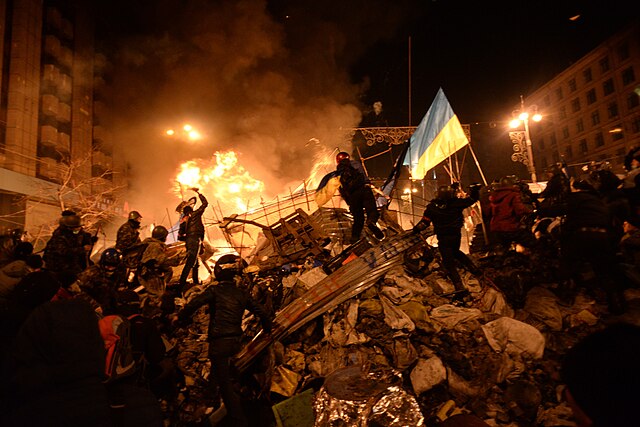
Part One of Three
We are, unbeknownst to most Americans, in an undeclared war with Russia. A war that doesn’t make sense to any of its participants. A war that we the people did not vote for and never wanted. Yet, the war goes on regardless. At the time of this article’s publication, Joe Biden approved the firing of long-range missiles that are killing Russians in Russia. As a result, we are closer to nuclear war than at any time in history, far closer than we were during the Cuban Missile Crisis.”
Always listen to the guys on the ground. Information in this paper comes from multiple US Government employees who were on the ground in Ukraine from 2013-2024. As members of the most prominent government agencies named in this article, their motivation for sharing this information reinforces their credibility: US Citizens have been fed a massive propaganda lie about the war in Ukraine, and thus, have no idea about the damage US government administrators have done and continue to do to the people of Ukraine and Russia.”
How do we “Make Sense” of the War in Ukraine? The biologic way our brains are hard-wired to make sense of the world around us is best explained by a simple sense-making equation:
1) What’s Going on Around Us + 2) What we Know = 3) How we Make Sense
1 + 2 = 3. To make sense it has to add up.
We the American people haven’t been able to make sense of the Ukraine war because we’ve been lied to about “What’s Going On” in Ukraine, and “What We Know” has been based on propaganda induced fear, instead of facts. The purpose of this paper is to provide a chronology of factual knowledge so our brains can make sense of what’s going on in Ukraine and make sensible/informed choices about what to do next.
1823-2024: The Monroe Doctrine, established in 1823 by President James Monroe, declared that European nations should no longer colonize or interfere with the Americas. The Monroe Doctrine has been a cornerstone of U.S. foreign policy ever since and was used as the US justification for threatening the Soviet Union with nuclear war when they attempted to place ballistic missiles in Cuba, just 90 miles from the US border. The confrontation brought the two nations to the brink of nuclear war. Ultimately, the Soviets backed down and withdrew their launchers and their missiles. The event reinforced the modern-day relevance of the Monroe Doctrine as “the right of a sovereign nation to oppose the establishment of existential threats from nearby sources outside its borders.”
1990: Mikhail Gorbachev agreed to dissolve the USSR and allow the 15 separate soviet republics to self-govern. In return U.S. leaders made the Soviets an offer. According to transcripts of meetings in Moscow on Feb. 9, then U.S. Secretary of State James Baker suggested that in exchange for cooperation on Germany, the United States could make “iron-clad guarantees” that “not an inch of NATO’s present military jurisdiction will spread in an eastern direction.” During the meeting James Baker repeated the “not an inch eastward” guarantee three separate times in response to Gorbachev’s warnings that “NATO expansion is unacceptable.”
Less than a week later, Soviet President Mikhail Gorbachev agreed to begin reunification talks. No formal deal was struck, but from all the evidence, the quid pro quo was clear: Gorbachev acceded to Germany’s reunification and western alignment and the U.S. would limit NATO’s expansion.
Declassified documents show additional security assurances against NATO expansion were given to Soviet leaders from Bush, Genscher, Kohl, Gates, Mitterrand, Thatcher, Hurd, Major, and Woerner.
1991-1994: After the Soviet Union's collapse, Ukraine was left with the world's third-largest nuclear stockpile. In a treaty called the Budapest Memorandum, Ukraine agreed to trade away its intercontinental ballistic missiles, warheads, and other nuclear infrastructure in exchange for guarantees that the three other treaty signatories — the U.S., the U.K. and Russia — will "respect the independence and sovereignty and the existing borders of Ukraine.
January 10, 1994, President Bill Clinton made a speech at a North Atlantic Council summit in Brussels, Belgium. He announced the creation of the Partnership for Peace, which was based on military cooperation, defense reform, and information-sharing between European members and nonmembers of the North Atlantic Treaty Organization (NATO). Clinton said the partnership would set in motion “a process that leads to the enlargement of NATO.”
At a speech in Prague two days later, Clinton went further, saying that “the question is no longer whether NATO will take on new members but when and how.” With these statements, he affirmed that NATO would extend membership to former Eastern Bloc states, settling a question that had preoccupied NATO and U.S. officials since the collapse of the Soviet Union.
To better understand why NATO expansion is controversial, we must understand what the purpose of NATO is: NATO is a defensive military alliance codified as a Treaty among countries on both sides of the Atlantic. Article 5 of the treaty establishes its core principle of collective defense, which commits member countries to defend each other if attacked. When we understand NATO’s purpose, we better understand how non-NATO countries---especially those that border NATO countries---could see the NATO alliance as a threat.
27 May. 1997: To assuage Moscow's concerns over NATO expansion programs such as the “Partnership for Peace”, NATO and Russia establish and signed the NATO-Russia Founding Act, a political agreement stating, among other things, that "NATO and Russia do not consider each other as adversaries. Intended as an enduring political commitment undertaken at the highest political level, The NATO-Russia Founding Acts purpose was to build together a lasting and inclusive peace in the Euro-Atlantic area based on the principles of democracy and cooperative security. During the signing ceremonyNATO officials reiterated that ‘NATO poses no threat to Russia and that NATO is a defensive alliance.
Expanding NATO Never Made Sense: Some of the most respected minds in US foreign policy over the past 30 years have concluded that expanding NATO doesn’t make sense. George Kennan the father of US Cold War Containment policy warned in 1998 that NATO expansion was a tragic mistake that could lead the Russians to react quite adversely. Henry Kissinger repeatedly said that Ukraine should never join NATO because it was an issue that Russian would almost certainly go to war over. A former US ambassador to Ukraine said that having Ukraine join NATO is misguided and perhaps the most profound strategic mistake since the end of the Cold War. Bill Burns, the former station chief for the CIA in Ukraine who served as Director of the CIA under Biden, said in a memo to Condoleezza Rice that “Ukraine’s entry into NATO is the brightest of redlines we do not want to cross, Nyet means Nyet.”
1997-1998: Opposition to NATO expansion within the Clinton Administration, and from both Republican and Democratic politicians in Congress, leads to the creation of an advocacy group called the “U.S. Committee to Expand NATO”. Made up of political lobbyists as well as top executives from the largest U.S. weapons manufacturers, in its first year of existence the ‘Expand NATO’ advocacy group spent $51 million ($94 million in 2024 dollars) on lobbying and campaign contributions to politicians who supported NATO expansion. There were no advocacy groups or lobbyists offering campaign contributions to politicians who were against NATO expansion. Thus, without any public debate, or any opportunity to pressure test whether it made sense, NATO expansion efforts became part of US foreign policy.
Mar 1999: Eight years after the withdrawal of all Soviet troops from Eastern Europe, and eight years after the ‘iron-clad guarantee that ‘the US would not expand one inch eastward,’ NATO admitted three former Warsaw Pact countries: Poland, the Czech Republic, and Hungary. NATO made this decision without consulting or including Russia and its leaders. As a result, Boris Yeltsin, Dmitry Medvedev and Gorbachev himself protested through both public and private channels that U.S. leaders had violated the non-expansion arrangement.
A Washington Post article on the Senate vote to approve NATO expansion described Democratic Senator Joe Biden of Delaware as a "key player in the ratification effort," as well as a major beneficiary of lobbyist money to support the expansion. “This is the beginning of another 50 years of peace," Biden declared as the Senate voted in favor of expanding NATO to include Poland, Hungary, and the Czech Republic. As the article entails, then Senator Biden was among the loudest voices in championing NATO's expansion in Eastern Europe during the late 1990s. He would continue to support NATO expansion into the 2000s as one of the most influential senators in Washington and later as Vice President and President.
This is a key point in our chronology where we can see empirical examples of how the US-Military industrial complex influences our politicians and by proxy, our US foreign policy. What’s the benefit of NATO expansion to the US Military Industrial Complex? Every new country admitted would need new NATO compatible weapons and control systems, as well as the training and infrastructure to support them. In the first two years after their admittance,U.S. weapons manufacturers sold billions of dollars of weapons and equipment to Poland, Hungary, and the Czech Republic.
On March 24, 1999, NATO attacked a sovereign European country for the first time in its 50-year history. NATO jets dropped smart and dumb bombs on Serbia for 78 days. Around two thousand civilians were killed. The material damage was between thirty and fifty billion dollars. As a result, Serbia, which had been poor, became even poorer, unemployment increased, and wages decreased.
Serbian authorities claimed that NATO killed civilians intentionally. NATO defended itself by stating that these were "collateral damages."
What was NATO’s stated purpose for bombing Serbia for 78 days and nights? According to NATO planners, the purpose was to inflict "moderate" suffering on the civilian population in order to break the population's will to resist and force it to rise up and overthrow their President, Slobodan Milosevic.” This also was the reason NATO gave for the selection of targets without any military significance, such as: factories producing cigarettes, cars, vacuum cleaners, artificial fertilizers, or state and military buildings which were/are primarily administrative and representative buildings, rather than command centers. NATO’s unprovoked bombing campaign of a sovereign European country showed Russia and the rest of the world the hypocrisy of NATO calling itself a “defensive alliance.” The bombing campaign against Serbia was the beginning of NATO’s new unwritten charter: regime change.
March 2000: In early 2000 Vladimir Putin replaced Boris Yeltsin as Russia’s President. In his first address, Putin promised to protect freedom of speech, freedom of the press, property rights, and he likewise announced his commitment to democracy. During his first year in office Putin made numerous speeches underscoring his belief that the road to restoring Russia as a prosperous great power lay though enhanced economic, political, and military cooperation with the U.S. and Europe. In a March 2000, interview with the British television journalist David Frost, Putin was asked “whether it is possible Russia could join NATO.” Putin responded, "I don’t see why not…Russia is part of the European culture. And I cannot imagine my own country in isolation from Europe and what we often call the civilized world. So, it is hard for me to visualize NATO as an enemy.”
December 2000: During one of the finalmeetings between Putin and outgoing US President Bill Clinton, Putin told Clinton, “We would consider an option that Russia might join NATO." To which Bill Clinton answered, “I have no objection.” But according to Putin’s account, “the entire U.S. delegation got very nervous."
September 9, 2001: Putin called his American counterpart George W. Bush with an urgent message: “Ahmad Shah Massoud, leader of the anti-Taliban Northern Alliance, had been assassinated in Afghanistan by two al Qaeda suicide bombers posing as journalists.” Putin warned Bush of, “a foreboding that something was about to happen, something long in preparation.” Two days later al-Qaida terrorists hijacked four aircraft and crashed them into the Twin Towers, the Pentagon, and a cornfield in Pennsylvania.
Sept 11, 2001: The period immediately after 9/11 was the high-point of U.S.-Russia relations in the thirty plus years since the collapse of the Soviet Union. Collaboration between Russia and the US during the early months of the Afghan war appeared to be transformative. The common enemy was Islamic fundamentalism and together the two great powers would defeat it. Moscow compared the anti-terror collaboration to the anti-Hitler coalition in World War II.
US Special Operations forces on the ground appreciated Russia’s commitment and impactful contributions to the early phases of the US war effort in Afghanistan. During fall 2001, Russia supplied the US Special Operations forces in Afghanistan with support in three key areas that directly impacted their ability to operate and succeed.
Russia supplied highly detailed and accurate topographic maps. At the time (fall of 2001) neither the US nor any of our NATO allies had detailed 1:50,000 topographic maps of Afghanistan These maps (see photo below) enabled US Special Operations forces to find and destroy the largest foreign fighter enclave of the entire war. The battle of Shahi Khowt (aka Operation Anaconda) was only possible because we were able to navigate and locate the enemy’s hide-outs with Russian supplied maps.
Russia provided US Special Operations forces with advanced MI-17 helicopters. The MI-17’s made possible the insertion of the “first-in” CIA and Special Operations teams on the ground in Northern Afghanistan. The MI-17’s enabled US forces to blend in and not draw undo attention as we cris-crossed Afghanistan during the first weeks and months of the war.
Russia provided operational intelligence on enemy locations, as well as intelligence regarding the location of enemy caves and redoubts, such as Tora Bora and Shahi Khowt. They also provided access to their lessons learned from the Soviet-Afghan War, which enabled our teams to better understand enemy tactics, techniques, and procedures.

Nov 2001: Putin meets with George Bush in Washington DC and then afterword at the Bush ranch in Crawford, Texas. During Putin’s speech at the Russian Embassy in Washington DC he said, “I am sure that today, when our destiny again meets history, we will be not only partners, but we may well be friends.” Words matter, and actions matter even more. As codified in numerous Military after-action reports, the operational support and assistance provided by Russia to the US military in Afghanistan, made major contributions to the success of the initial invasion, as well as the rout of the Taliban and their foreign fighter allies. Together, Putin’s words and actions proved he was/is perhaps the most pro-western leader to ever lead Russia.

The problem with the post-9/11 honeymoon was that U.S. and Russian expectations from the new partnership were seriously mismatched. The Bush administration saw the alliance based on one limited goal — to defeat the Taliban. While Russia saw it for what the two countries agreed upon in the 1997 NATO-Russia Founding Act, “an enduring political commitment undertaken at the highest political level.” As a result of the mis-aligned expectations, the collaborative relationship began to fall apart shortly after the Taliban were routed in December of 2001.
December 13, 2001: President George W. Bush announced that the United States would unilaterally withdraw from the Anti-Ballistic Missile (ABM) Treaty. The ABM Treaty was a cornerstone of the Cold War arms control agreements. Signed in 1972, the purpose of the Treaty was to end the nuclear arms race by limiting homeland missile defenses, which in turn would reduce pressures on the superpowers to build more nuclear weapons. Bush exclaimed that the treaty had outlived its purpose, since “the hostility that once led both our countries to keep thousands of nuclear weapons on hair-trigger alert” had died alongside the Soviet Union. He further explained that three months after September 11, 2001, the treaty was hindering the United States from protecting itself against “terrorists” and “rogue states.”
History reveals that Bush was wrong. The treaty wasn’t the problem hindering the U.S.. The problems were physics, engineering, program management, and budgets. Today, most historians consider his decision to unilaterally withdraw as an epic mistake. Bush squandered the most productive and trusting relationship the United States had had with Russia since WWII, and his unilateral withdrawal also fueled a new arms race with both Russia and China. This decision provides a cautionary tale about the very real costs of unilaterally withdrawing from international agreements.
The Kremlin’s narrative about the root causes of the deterioration in relations after 9/11 was extensive and specific: 1) Washington’s unilateral withdrawal from the Anti-Ballistic Missile Treaty, 2) Bush’s Freedom Agenda and 3) U.S. support for “color revolutions” in Eurasia.
What was the Freedom Agenda? What follows is an excerpt from George Bush’s final Press release in 2008, titled: “President Bush's Freedom Agenda Helped Protect The American People.”
Over the past eight years, the United States supported nations from the Baltic to the Black Sea reach their goals of membership in NATO and the European Union. The Administration supported the emergence of democracies in Georgia and Ukraine through its support for civil society and democratic activists during the successful Rose Revolution in Georgia and Orange Revolution in Ukraine and continues to contribute to the strengthening of democracy in both countries. In the wake of Russia's August 2008 invasion of Georgia, President Bush supported Georgia's sovereignty, territorial integrity, and economic recovery, including a $1 billion economic and humanitarian support package.
Note: This document is historically significant because it confirms that the Bush Administration actively supported and participated in the 2003 & 2004 color revolutions in Georgia and Ukraine.
What Are Color Revolutions? “Color revolution” is a term used to describe a sophisticated form of warfare that foreign governments and their agents use to create the conditions for political instability and, eventually, regime change in the targeted country.
To accomplish their purpose of regime change, the foreign governments (without exception NATO countries) use cutting edge technology and psychology, as well as a strong role of non-government organizations (NGO’s) and contractors to sponsor, plan, and organize the opposition, their messaging, and the protests.[4] Since the year 2003, most color revolutions have taken place in post-Soviet states, specifically, Georgia, Ukraine, and Kyrgyzstan.
November 2003, Georgia: The US and its NATO allies in Europe used street protests and negative media messaging to force Eduard Shevardnadze, then president of Georgia, to resign on grounds of "fraud" in vote counting during parliamentary elections. Members of the US State Department and CIA also selected and supported the opposition leader, US educated and English-speaking Mikhail Saakashvili to be President. It is known as the "Rose Revolution." After Saakashvili took office, Putin and Russian policy became Georgia's main adversaries. Later, this spilled over into the events of August 2008, when it became the Russia-Georgian War.
October 2004, Ukraine: Following Georgia, a similar scene played out in Ukraine as the US concocted a "fraud" scandal against the winner of the Ukrainian Presidential election (Victor Yanukovych). The U.S. State Department, with the help of its constellation of friendly NGO’s, helped to facilitate the overthrow of Yanukovych by contesting the legitimacy of the election, organizing mass protests and acts of civil disobedience, and leveraging media contacts to ensure favorable coverage to their hand-picked opposition candidate. The event is known as the "Orange Revolution." After Victor Yanukovych was replaced, the new regime adopted a firm anti-Russian position that included actively counteracting all Russian “initiatives,” while restricting the use of the Russian language, education, and culture.
March 2005, Kyrgyzstan: The US color revolution administrators drove Kyrgyzstan's opposition to protest against the results of the parliamentary elections, which eventually turned into riots. The "Tulip Revolution" ended with the President of Kyrgyzstan, Askar Akayev, abandoning power and fleeing the country.
Despite the great differences between the countries where color revolutions occurred (geopolitical, social, economic and other), they all shared common patterns: anti-government protests that are planned and organized in detail, coordinated messaging and media coverage, selection of an opposition candidate who is pro-west and usually speaks English, and the use of the newly created “popular” masses against the existing government as a means of political coercion and blackmail.
The approach or formula for color revolutions would change over time as technology improved, and the US government administrators learned from their past experiences. After years of conducting color revolutions across Eurasia, the US had developed a mature system of operations. Titles, Departments, and budgets were created and key individuals within the State Department and CIA were put in positions to run them.
2004: NATO undergoes the largest expansion in its history, admitting seven more Eastern European countries, including the Baltic states of Estonia, Latvia, and Lithuania. Although it was not the first time a NATO member bordered Russia or the Soviet Union, now a NATO member's troops potentially could be located just 625 kilometers from Moscow. Applying that distance to US geography, it is the same distance between Washington DC and the state border of South Carolina.
9 Feb 2007: During the Munich Conference of Security Policy, an annual high-level gathering of officials, diplomats, and experts from both sides of the Atlantic, NATO Secretary General, Jaap de Hoop Scheffer declared: “I would like to see more countries in NATO. I would like to see a NATO of 26 plus. I would like to see Serbia firmly on the road to NATO and I would like to see us coming closer to honoring the ambitions of Ukraine and Georgia.”
In response to the comments made by the NATO Secretary General, Putin accused the alliance of duplicity and of threatening Russia. "I think it is obvious that NATO expansion has no relation with the modernization of the alliance itself or with ensuring security in Europe. On the contrary, it represents a serious provocation that reduces the level of mutual trust," he said.
2008 Georgia-Russia War: The 2008 war with Russia lasted five days, but it left deep wounds in Georgia. It was initially fought over the breakaway by ethnic Russians in the Georgian province of South Ossetia, but quickly spread to other parts of the country.
An investigation by the EU determined that Georgia’s misinterpretation of the remarks made by the NATO Secretary at the 2007 Munich Conference with regards to joining NATO, and the subsequent overreaction on the part of Georgia’s political leaders, heavily contributed to the five-day conflict. Georgia's attack on the South Ossetian capital of Tskhinvali on the night of August 7 is seen as the start of the armed conflict, however the report notes that the attack was the culmination of years of increasing tensions, provocations and incidents.
2010: Victor Yanukovych won the Presidential election and became president of Ukraine. Six years earlier Victor Yanukovych was overthrown by the US State Department instigated color revolution of 2004. Although UN investigators sanctioned the 2010 election as “free and fair, and Yanukovych ran on a platform based on neutrality for Ukraine, it was not good enough for the color revolution administrators in the US State Department and CIA. They immediately began working to ouster him with step one of the color revolution playbook: foment anti-government dissent amongst the people of Ukraine.
Since becoming an independent nation in 1991, Ukraine has been a nation divided. When discussing this division, most describe it in terms of language. About 60% of Ukrainians speak Ukrainian as their native language, most live in western Ukraine. About 40% of Ukrainians are Russian speakers who mostly live in the east. However, the language differences are a symptom of a larger divide, that of culture and the ancestral roots that created those cultures. This all becomes clearer when we look at an ethno-linguistic map of Ukraine, as well as a map showing how Ukrainians voted in the 2010 Presidential election.

It is important to point out that many of the people in both eastern and west ern Ukraine are bi-lingual, which reinforces that it is not just language that divides them. Eastern and western of Ukraine fundamentally disagree about what sort of country they want to have and about what it means to be a “Ukrainian.” Thus, for the last 30 years a big, internal, cultural, and/or political battle has been a spark away from igniting...
PART 2 will be released shortly...


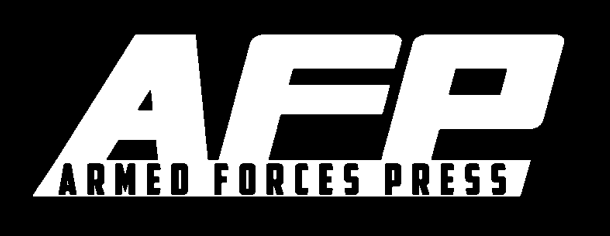







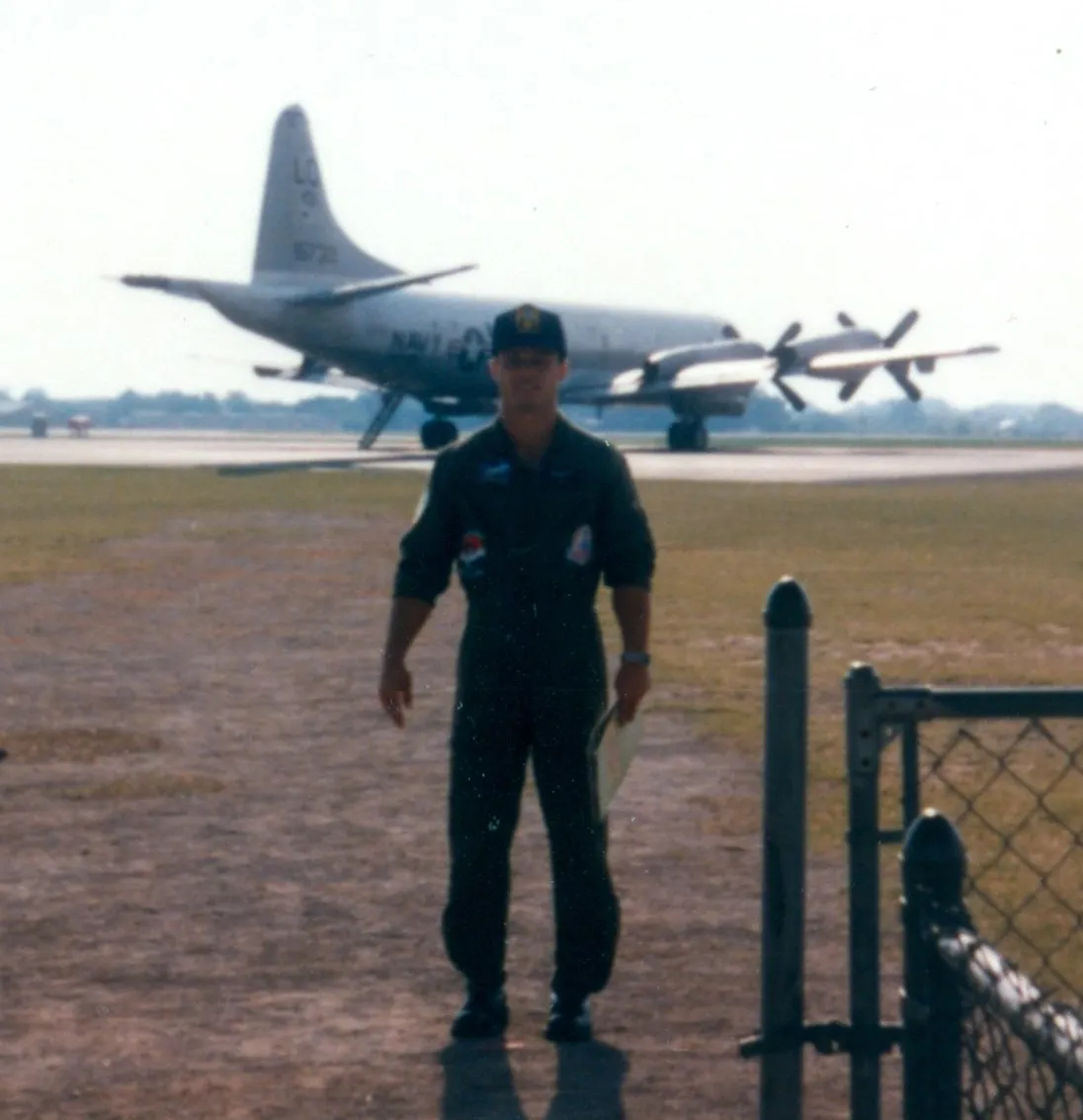
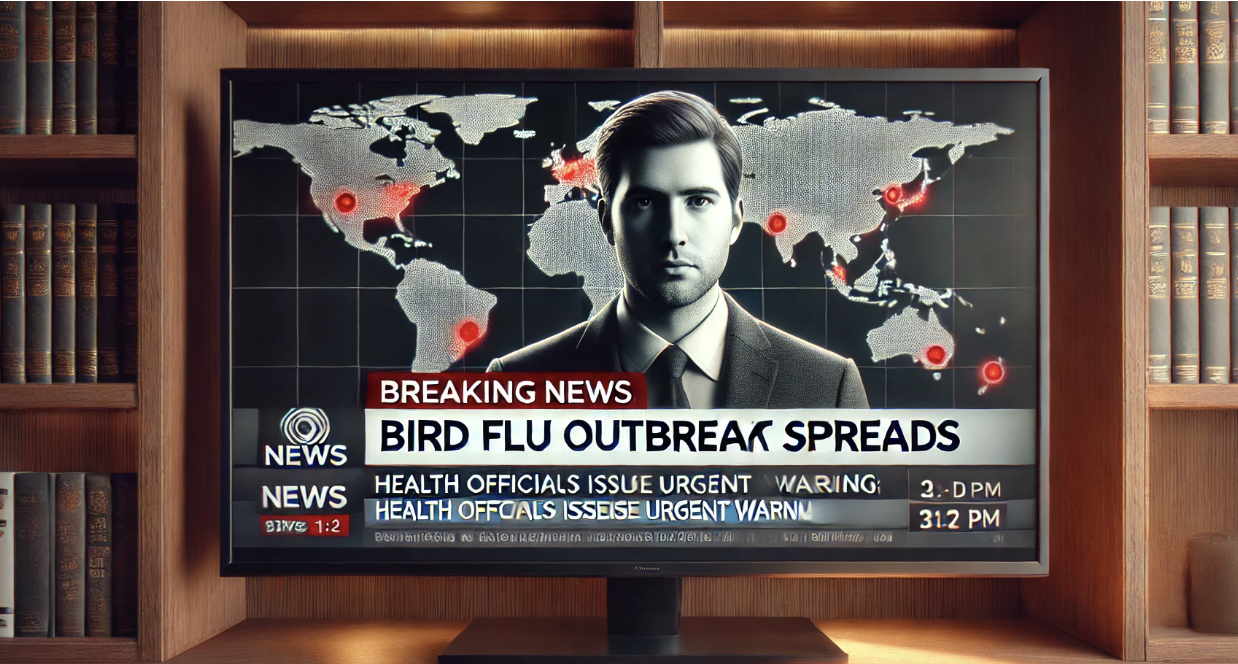


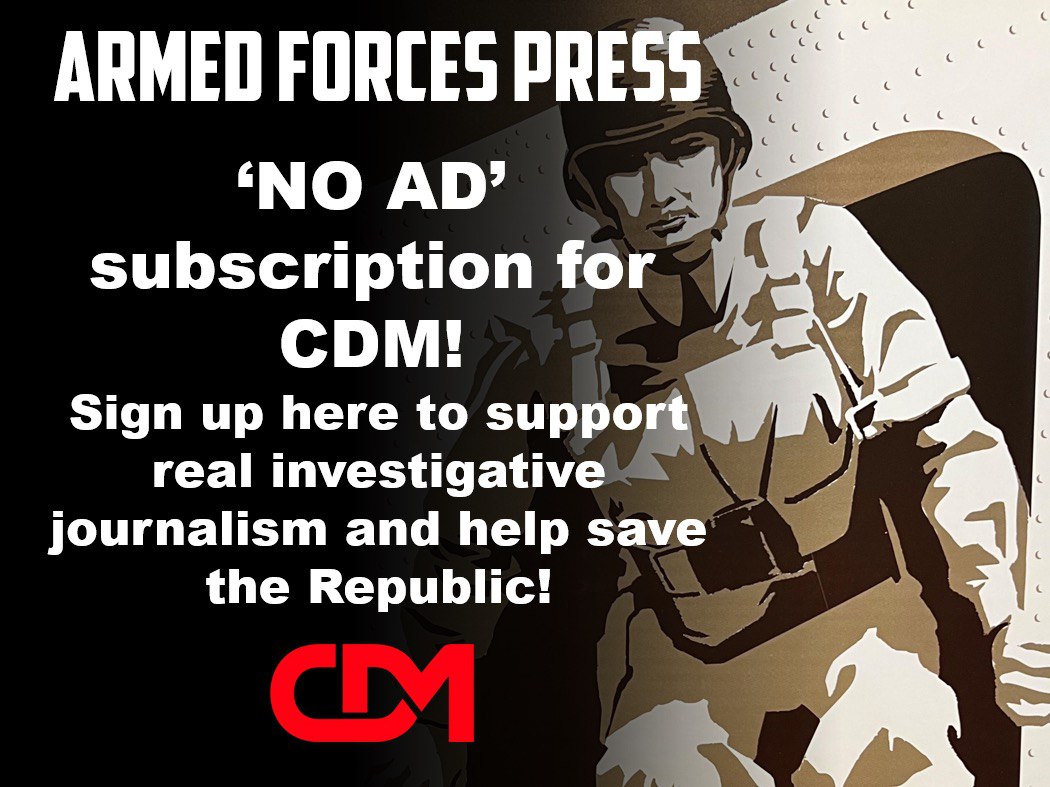










Great write up, but you need to go back to Kiev being the capital of Russia in 882 to understand the Russian bond and linkage to Ukraine. Second point is Ukraine is the soft underbelly of Russia. Russia lost millions during Operation Barbarossa knocking the Germans out of Ukraine. Putin is determined that Ukraine can never be outside of the Russian sphere of Influence. Its a major security issue for them.